Key Components of a Successful ETI Audit
In today’s global marketplace, businesses are increasingly held accountable for the ethical practices within their supply chains. The Ethical Trade Initiative (ETI) audit is a critical tool for ensuring that companies adhere to international labor standards and uphold their commitment to ethical trade. A successful ETI audit not only helps companies mitigate risks but also strengthens their brand reputation and enhances their Corporate Social Responsibility (CSR) initiatives.
At CDG, we specialize in providing comprehensive ETI Audit services that are designed to help businesses meet these standards effectively. In this blog post, we’ll explore the key components of a successful ETI audit, offering insights and practical tips to ensure that your company achieves the best possible outcomes.
Introduction: The Importance of ETI Audits
ETI audits are conducted to assess a company’s compliance with the ETI Base Code, which encompasses core principles such as fair wages, safe working conditions, and the prohibition of forced labor and child labor. These audits are essential for identifying gaps in compliance, ensuring ethical practices across the supply chain, and demonstrating a company’s commitment to responsible business practices.
However, conducting a successful ETI audit requires careful planning, attention to detail, and a thorough understanding of the audit process. By focusing on key components, businesses can maximize the benefits of ETI audits and foster continuous improvement.
1. Pre-Audit Preparation
Preparation is crucial for the success of any ETI audit. A well-prepared audit not only ensures a smoother process but also provides more accurate and actionable insights.
1.1. Understanding the ETI Base Code
Before initiating the audit, it’s essential that all relevant stakeholders within the company understand the ETI Base Code. This code outlines the minimum labor standards that must be met and provides the framework for the audit.
- Example: A company preparing for an ETI audit might hold training sessions for management and staff to familiarize them with the ETI Base Code and its implications for their operations.
Practical Tip: Create a checklist based on the ETI Base Code to ensure that all relevant areas are covered during the audit. This checklist can serve as a reference point for both internal assessments and the external audit process.
1.2. Gathering and Organizing Documentation
Documentation is a critical aspect of the ETI audit. Companies should gather and organize all necessary documents in advance, including labor contracts, wage records, health and safety protocols, and any previous audit reports.
Practical Tip: Develop a centralized document management system that allows easy access to all required documentation. This system should be regularly updated to reflect any changes in policies or practices.
1.3. Engaging with Suppliers
For companies with complex supply chains, it’s important to engage with suppliers before the audit. This engagement helps ensure that suppliers understand the audit process and are prepared to demonstrate their compliance with ETI standards.
Practical Tip: Communicate clearly with suppliers about the audit timeline, expectations, and the documentation they need to provide. Consider offering support, such as training or resources, to help suppliers meet ETI requirements.
2. Conducting the Audit
The audit process itself is the core component of the ETI audit. This phase involves on-site visits, interviews, and a thorough examination of practices and conditions within the company and its supply chain.
2.1. On-Site Inspections
On-site inspections are a key part of the ETI audit. These inspections allow auditors to observe working conditions firsthand, assess compliance with health and safety standards, and verify that labor practices align with the ETI Base Code.
- Example: During an on-site inspection, auditors might check the condition of workplace facilities, review safety equipment, and ensure that emergency procedures are in place and understood by all employees.
Practical Tip: Ensure that your facilities are well-maintained and that all safety protocols are clearly documented and followed. Regular internal inspections can help identify and address issues before the external audit.
2.2. Employee and Worker Interviews
Interviews with employees and workers are a critical component of the audit. These interviews provide valuable insights into the day-to-day realities of the workplace and help auditors verify compliance with labor standards.
Practical Tip: Create an open and supportive environment that encourages employees to speak candidly during interviews. Ensure that workers are aware of their rights and understand the purpose of the audit.
2.3. Data Verification
Data verification is essential to ensure the accuracy of the audit findings. This process involves cross-referencing documents, comparing records, and verifying the information provided by employees and management.
Practical Tip: Keep detailed and accurate records of all labor-related data, including wages, working hours, and health and safety incidents. Regular audits of these records can help identify and correct discrepancies before the official ETI audit.
3. Post-Audit Follow-Up
The post-audit phase is where the findings of the ETI audit are reviewed, and corrective actions are planned and implemented.
3.1. Reviewing Audit Findings
After the audit, the findings will be compiled into a report that details areas of compliance and non-compliance. Reviewing this report thoroughly is crucial for understanding the strengths and weaknesses of your current practices.
- Example: A company might receive feedback that, while it complies with most ETI standards, there are gaps in worker training on safety protocols. This feedback provides a clear area for improvement.
Practical Tip: Schedule a meeting with key stakeholders to discuss the audit findings and prioritize actions based on the areas that need improvement. This collaborative approach ensures that everyone is aligned on the steps forward.
3.2. Developing Corrective Action Plans
Corrective action plans (CAPs) are essential for addressing any non-compliance issues identified during the audit. These plans should be specific, with clear timelines and assigned responsibilities.
Practical Tip: Use the SMART criteria (Specific, Measurable, Achievable, Relevant, Time-bound) to develop effective CAPs. Regularly review progress against these plans to ensure that corrective actions are implemented successfully.
3.3. Continuous Monitoring and Improvement
A successful ETI audit is not a one-time event but part of an ongoing process of monitoring and improvement. Continuous monitoring helps ensure that the company maintains compliance with ETI standards and is prepared for future audits.
Practical Tip: Establish an internal audit team or designate a compliance officer responsible for regular monitoring. This team should conduct periodic reviews to identify any new risks or areas for improvement.
Achieving Success in ETI Audits
A successful ETI audit is a powerful demonstration of a company’s commitment to ethical trade and labor practices. By focusing on thorough preparation, a detailed and transparent audit process, and effective post-audit follow-up, businesses can not only achieve compliance but also drive continuous improvement and strengthen their overall CSR efforts.



